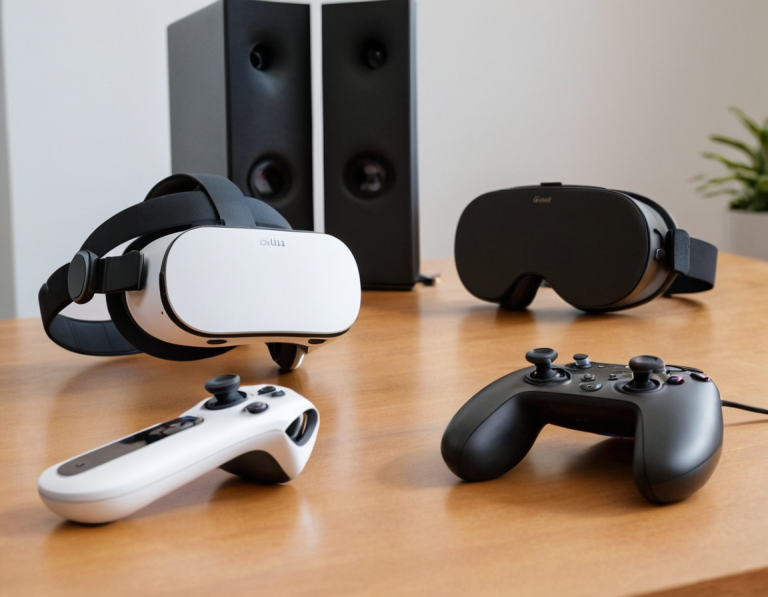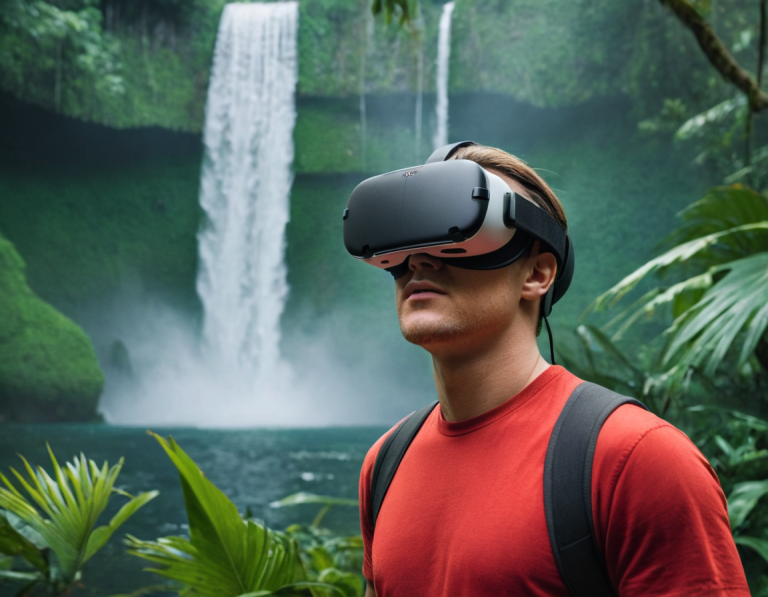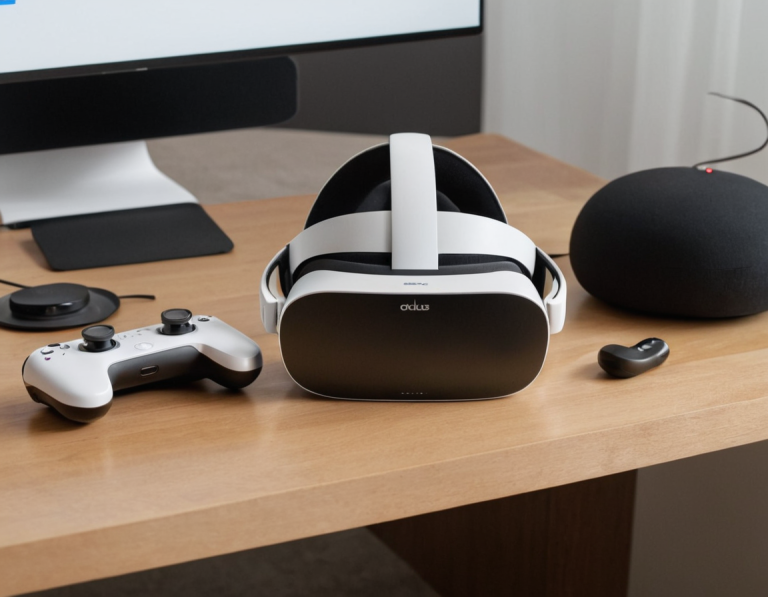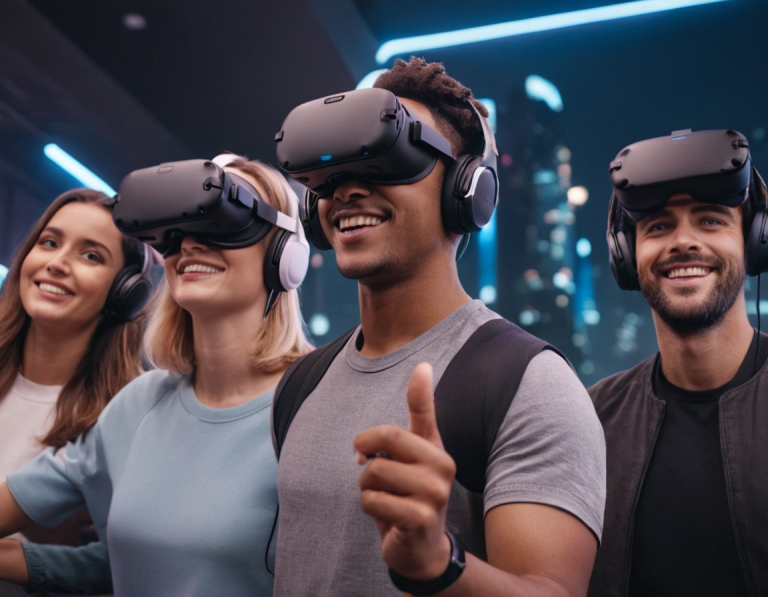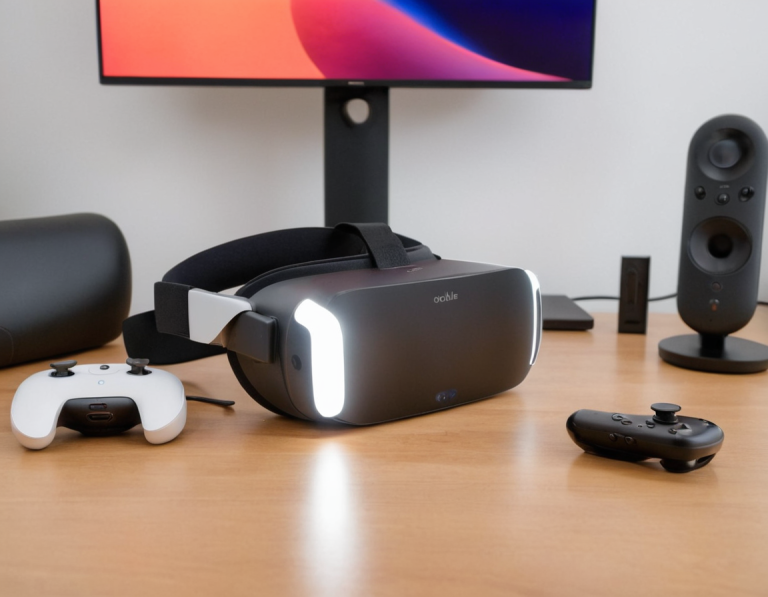How to Fix Controller Pairing Issues on Oculus Quest 2
The Oculus Quest 2 has captivated the virtual reality gaming community with its wireless capabilities, stunning graphics, and immersive experiences. However, like any technology, users occasionally encounter issues—one of the most common being controller pairing problems. Whether your controllers are unresponsive or simply won’t connect, this guide will walk you through troubleshooting steps and solutions to get you back into your VR adventures.
Understanding the Controller Pairing Process
Before diving into fixes, it’s important to understand how the Oculus Quest 2 controllers pair with the headset. The Quest 2 uses Bluetooth to connect to the controllers, and each controller is paired to a specific headset. When you first set up your headset, the controllers are automatically paired. However, various factors, such as low battery, software issues, or interference, can cause these connections to drop or fail.
Common Causes of Controller Pairing Issues
- Low Battery: One of the simplest yet often overlooked reasons is a low or depleted battery in the controllers.
- Software Glitches: Updates or bugs in the Oculus software can disrupt the pairing process.
- Interference: Other Bluetooth devices or physical obstacles can interfere with the connection.
- Outdated Firmware: If your headset or controllers have outdated firmware, they might struggle to connect.
- Factory Reset: If you’ve recently reset your headset, it may require a new pairing process.
Step-by-Step Troubleshooting Guide
Step 1: Check the Batteries
The first step in troubleshooting any controller issue is to check the battery levels.
- Replace the Batteries: Open the battery compartment on each controller and replace the old batteries with new AA batteries. Ensure that the batteries are installed correctly, with the positive and negative terminals oriented properly.
Step 2: Restart the Headset
A simple restart can often resolve minor software glitches.
- Power Off: Hold the power button on the headset until the power menu appears, then select “Power Off.”
- Wait a Moment: Allow the headset to fully power down for about 30 seconds.
- Power On: Press and hold the power button again until the Oculus logo appears.
Step 3: Re-pair the Controllers
If the controllers are still not responding, try re-pairing them.
- Open the Oculus App: Use your smartphone to open the Oculus app.
- Select Devices: Tap on the “Devices” tab at the bottom of the screen.
- Select Your Headset: Tap on your connected headset.
- Pair New Controller: Scroll down and tap “Pair New Controller.”
- Follow the On-Screen Instructions: The app will guide you through the pairing process. Make sure to hold down the Oculus button on the controller to put it in pairing mode.
Step 4: Check for Interference
Interference from other devices can disrupt the Bluetooth connection.
- Reduce Nearby Devices: If you have other Bluetooth devices nearby, such as headphones, speakers, or smartphones, turn them off temporarily to see if the controller pairs successfully.
- Clear the Area: Ensure that there are no physical obstacles between the controllers and the headset that might interfere with the signal.
Step 5: Update Software and Firmware
Keeping your headset and controllers updated is crucial for optimal performance.
- Check for Oculus Software Updates:
- Open the Oculus app on your smartphone.
- Go to “Settings,” then tap on your headset.
- Look for an “Update” option and follow the prompts to install any available updates.
- Update Controller Firmware: Typically, controller firmware updates are included with headset updates, but it’s a good idea to check your controllers are updated too.
Step 6: Factory Reset (Last Resort)
If all else fails, you might need to perform a factory reset on your headset. Note that this will erase all data, so consider this as a last resort.
- Power Off the Headset.
- Boot into Recovery Mode:
- Hold the power and volume down buttons simultaneously until you see the boot menu.
- Select Factory Reset: Use the volume buttons to navigate and the power button to select.
- Confirm the Reset: Follow the prompts to confirm the factory reset.
- Re-pair Controllers: After the reset, you’ll need to set up your headset again and re-pair your controllers.
Tips for Preventing Future Issues
- Regularly Check Batteries: Make it a habit to check battery levels before starting a gaming session.
- Keep Software Updated: Regularly check for updates on both the Oculus app and headset to ensure everything runs smoothly.
- Store Controllers Safely: When not in use, store your controllers in a location where they won’t get damaged or where the batteries can drain unnecessarily.
Resources for Further Assistance
If you continue to experience issues after following these troubleshooting steps, consider reaching out for further assistance:
- Oculus Support: The official Oculus Support page offers extensive resources, including FAQs, guides, and contact information for technical support. You can visit it here.
- Oculus Community Forums: Engaging with fellow Oculus users can provide additional insights and solutions. The community forums are a great place to share experiences and ask for help.
- YouTube Tutorials: Many gamers and tech enthusiasts create video guides for troubleshooting Oculus issues. A search for “Oculus Quest 2 controller pairing issues” will yield various helpful videos.
Conclusion
Controller pairing issues on the Oculus Quest 2 can be frustrating, but they are usually resolvable with a few troubleshooting steps. From checking battery levels to re-pairing the controllers or performing a factory reset, understanding the underlying causes can help you quickly resolve these problems. By following the guide above and utilizing the resources provided, you can get back to enjoying your immersive VR experiences with minimal downtime. Happy gaming!

